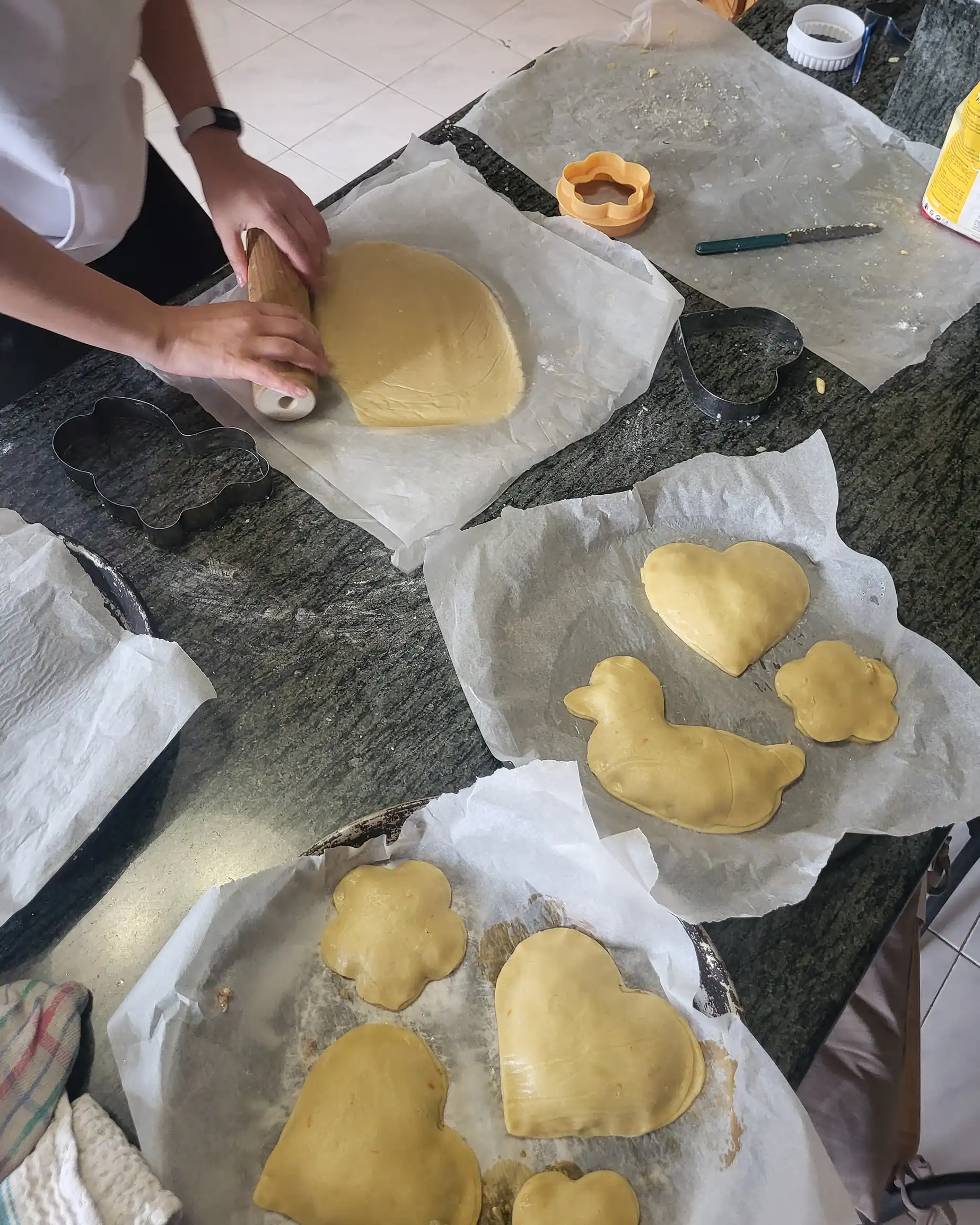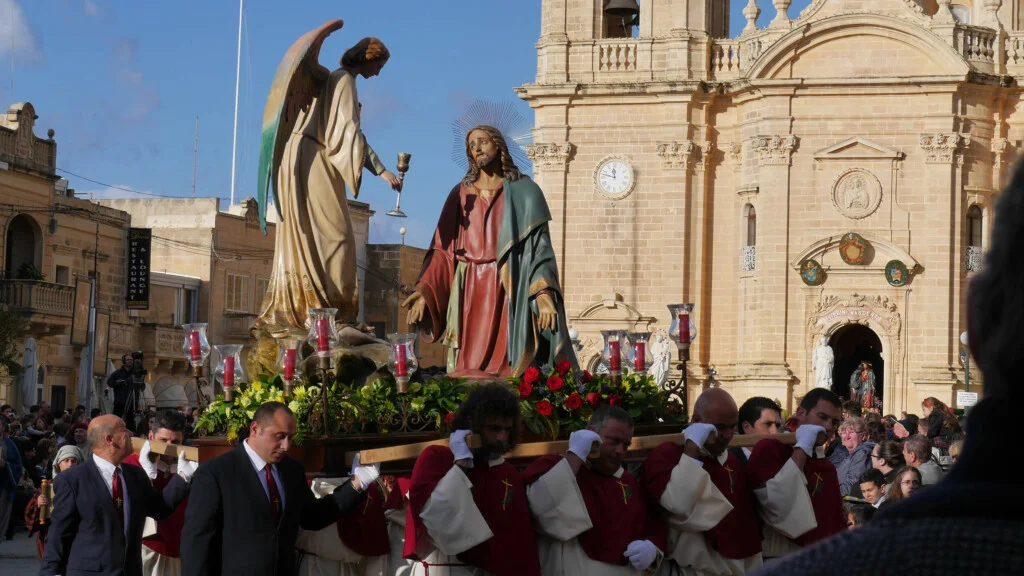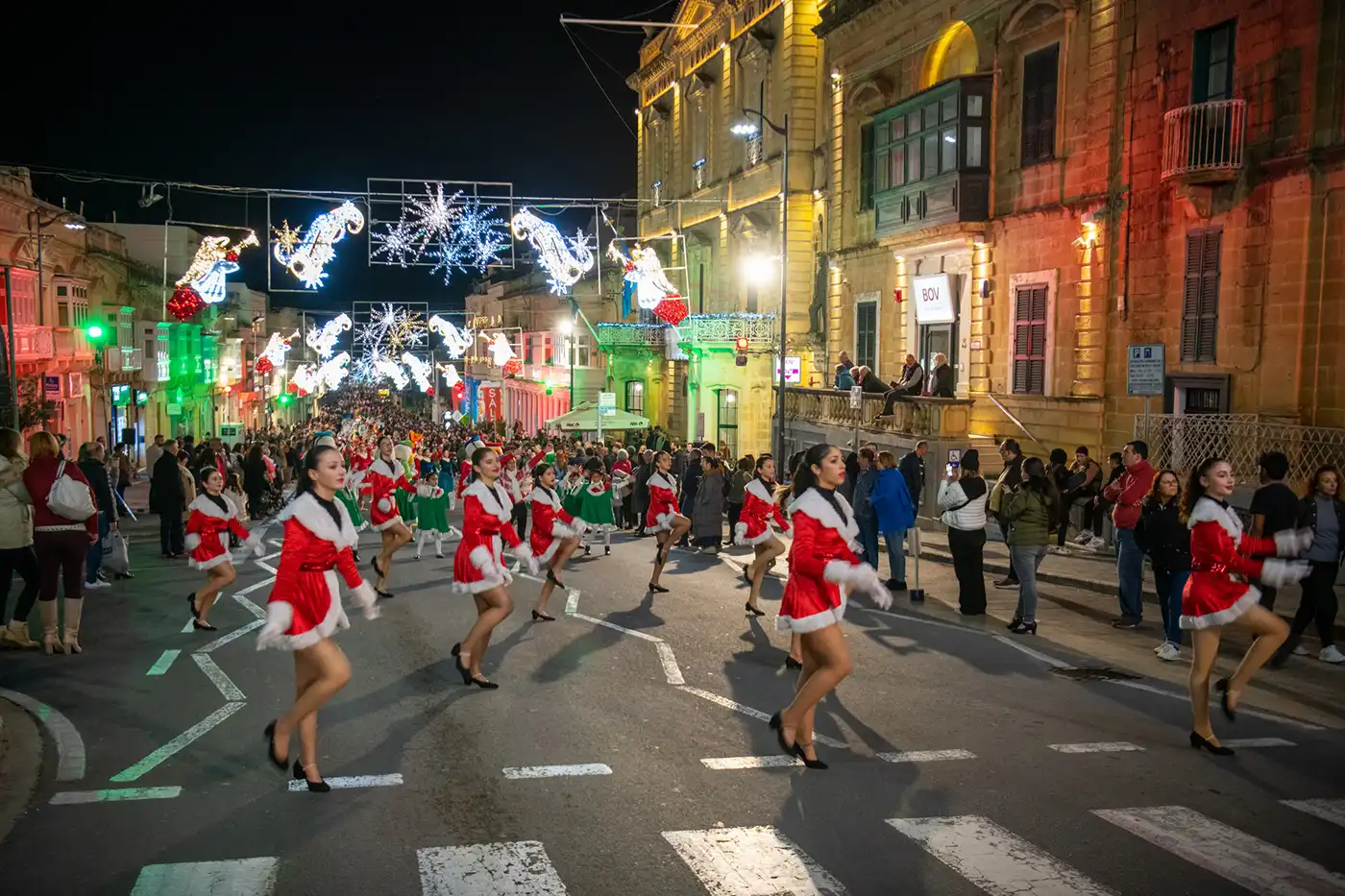The Intrinsic Link between Religion and Food
It would be practically impossible to attempt any understanding and appreciation of our culture, lifestyles, identities and prevalent mindset without comprehending the significant influence which religion has exerted over the communities, values and norms throughout the years. People’s lives and habits in Gozo are essentially intertwined with the religious festivities that characterise the Roman Catholic calendar. From Christmas festivities in December, to Lent and Easter traditions in March/ April; from the traditional ‘festas’ all throughout the summer period celebrating the different patron saints in the various towns and villages around the islands, to All Saints’ Day and All Souls’ Day early in November; each season brings its own set of celebrations and traditions. Such traditions prominently include culinary traditions.
Each season brings its own set of celebrations and traditions
Lent & Easter Traditions
(March/April)
In the Roman Catholic tradition, Lent is a period for meditative reflection, sacrifice and redemption. It is a sombre and solemn celebration of the cathartic pain and suffering leading to absolution and remission. Therefore, the 40-day period leading up to Easter is marked by a prevailing spirit of sacrifice and abstaining from extravagance or indulgence, especially in the choice of food. This contrast is particularly evident when compared to the flamboyant Carnival celebrations that precede Lent. Traditional foods such as ‘kwareżimal’ (an almond-based sweet pastry topped with almonds and honey) and ‘karamelli tal-ħarrub’ (sweets made of carob syrup) take centre stage during this period. Lent is also associated with the baking of ‘Qagħqa tal-Appostli’ (Apostles’ bread ring), a soft, ring-shaped bread with almonds and sesame seeds on top. Specific to Gozo, we find ‘Ftira tar-Randan’ (‘Lenten bread’), a sweet bread traditionally given to those who participate in the feet-washing ritual during Holy Thursday mass. This tradition is distinctive to Gozo as a region. Easter celebrations are then usually characterised by large banquets for lunch, an overload of sweets and chocolate in all shapes and forms – which include Easter eggs and the figolla (a sweet almond filling sandwiched between two biscuits and usually presented in forms relating to religious symbols linked to the time, such as the lamb).


Village Festa
May – September
Village festas are, perhaps, the most outstanding feature of our summers; the epitome of community celebration. There are multiple festas happening in the different towns and villages every weekend during which the patron saints of the village are commemorated and celebrated. A baroque celebration through and through. It is a vibrant gathering of the home community and of the masses of visitors joining in the religious and – perhaps most remarkably in recent years – secular activities. Fireworks, brass bands in the street, processions and decoration. Food is, yet again, a central part of it all. Multiple street stalls are set up selling all sorts of food: grilled meats and fast food, pastizzi (ricotta cheese or pea-stuffed cakes made with puff pastry), colourful candy floss, imqaret (deep fried and date-filled pastry), and qubbajt (traditional Maltese nougat). In Xewkija, as part of the celebrations of St John the Baptist, it is customary to prepare the torta tat-tin (fig pie), featuring this exquisite and versatile summer fruit
%
Roman Catholic
According to the latest census of the Maltese Islands, a total of 82.6 percent of the population identified themselves as Roman Catholic. This is then followed by Islam and the Orthodox religion. 23, 243 out of the whole population stated that they did not have any religious affiliation. Another recent study shows that religion is still an important factor in terms of decision-making for the Maltese people.

Autumn and Christmas Festivities
October – December
October is usually a period of hiatus, making way for the busier months of November and December. In November, we celebrate All Saints’ Day and All Souls’ Day, typically marked by the availability of the sweet ‘bones’ made of shortcrust biscuits (shaped as a bone) and filled with an almond paste. During the same month, we celebrate the feast of Saint Martin, and typically prepare the Borża ta’ San Martin (Saint Martin’s bag) with seasonal fruits and nuts to share on the 11th of November. The bag usually also includes the ħobża ta’ San Martin, a soft sweet bun.
The Christmas period is usually characterised by various religious activities (Church celebrations, processions), multiple events, colourful and decorated streets and multiple family gatherings. Yet again, food is central and the period is synonymous with large meals, and general food and drink excess. Similar to other regions, there are specific foods which are prepared throughout this period, including the qagħaq tal-għasel (honey rings) and imbuljuta (a spiced, chestnut-based warm drink). We also typically prepare mince pies, Christmas logs and fruity Christmas cakes; classic British traditions that reveal the historical link between the two countries.
